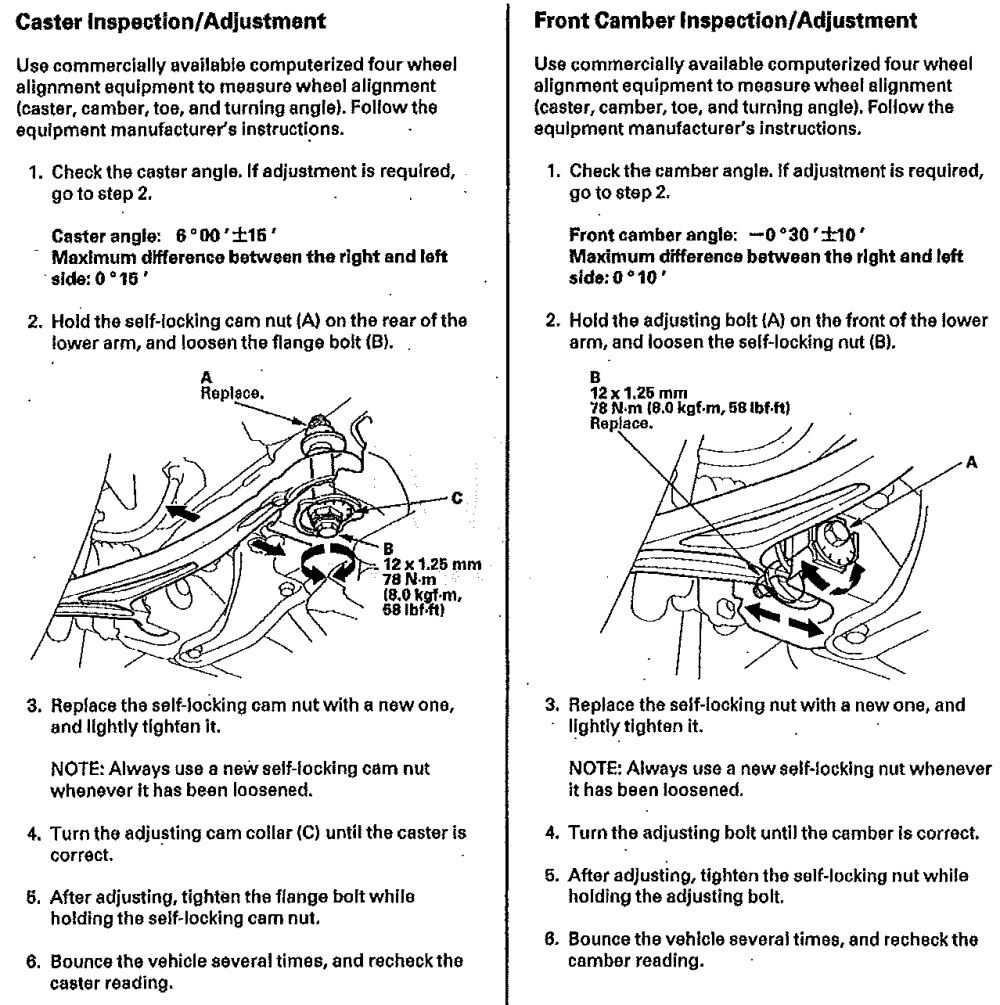hello guys,
i would like please to know about castor and kingpin, i have read about them in the Race Car Vehicle Dynamics book, what i conclude is that the kingpin and caster are built into the upright so it can't be changed in the race right ? only thing to be change are the Camber and Toe angle so i want to know if i am right or wrong about this ?
about the camber it is changed by changing the length of the wishbones and before i got an answer which is shims by searching i found some pictures that shows the shims are between the connection and the upright but when we put shims that way i conclude it will affect the kingpin angle ! so how exactly it is done !? is it by inserting shims in the wishbones ?
- Login or Register
No account yet? Sign up

